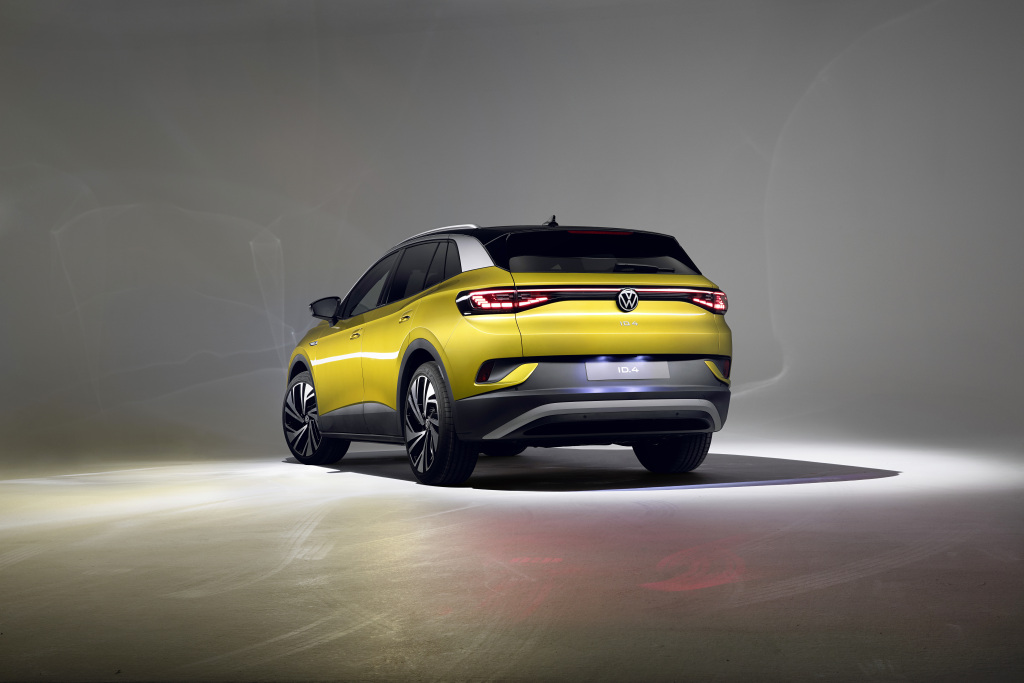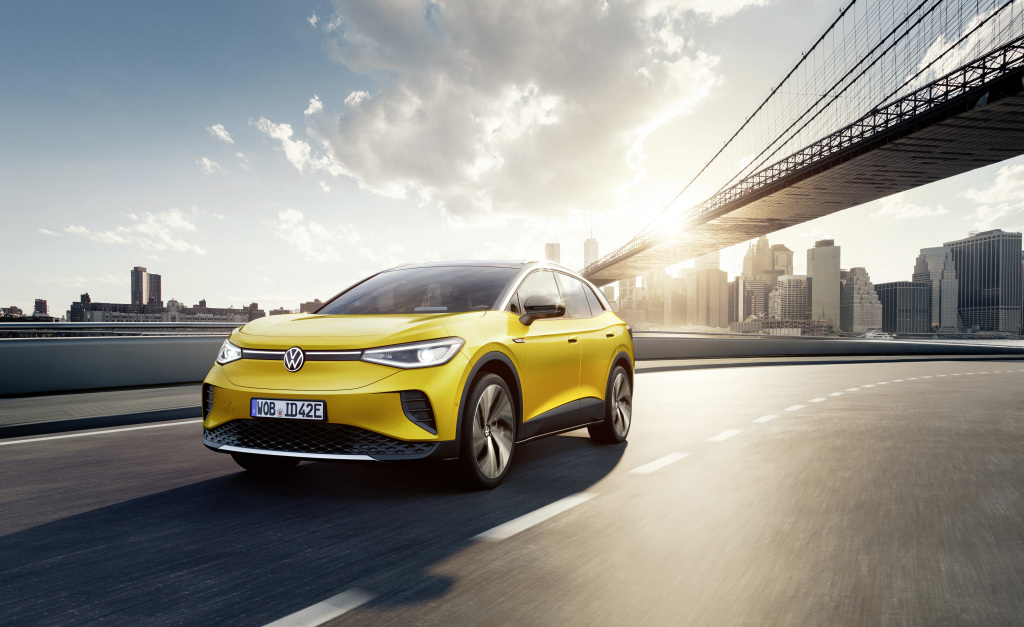During the launch of the ID.3, a compact (segment C) electric called to replace the veteran e-Golf, Volkswagen emphasized the importance that this model will have for the future of the company, ensuring that it will be its third more important car after the Beetle and Golf, the two historical pillars of the German manufacturer.
The truth is that the SUV has the potential to become a true best-seller in the European market, where the Golf has reigned with an iron fist for decades. However, its hatchback body will limit it a lot in international markets: it will not be sold in the United States. In China, it will arrive later than ID.4, which has been considered a priority.
Worldwide the ID.4 will be a model with much more weight than the ID.3 since it will be sold in Europe, the United States, China (where it will be produced jointly with SAIC and FAW, two Chinese manufacturers with which Volkswagen has joint ventures) and many other markets. Not surprisingly, the model belongs to a sector in full swing: that of SUVs.

It should be noted that the specific category in which the ID.4 (D-segment family SUV) falls is one of those that will electrify the fastest in the short term (Audi Q4 e-Tron, BMW iX3, Ford Mustang Mach -E, Jaguar I-Pace, Nissan Ariya, Mercedes-Benz EQC, Skoda Enyaq iV, Renault Morphoz, Tesla Model Y…), as manufacturers are aware of the enormous sales potential of this market niche.
Volkswagen is aiming to manufacture 500,000 units of the ID.4 by 2024 (not counting the numbers of its twins, the Q4 above e-Tron and Enyaq iV), a very high number that shows the enormous expectations of the German group with this model, which will be your first truly global focus electric car.
Not surprisingly, Volkswagen’s best-selling car in the world today is not the Golf, and neither are the Polo or the Passat. Volkswagen’s most popular vehicle in 2019 was the Tiguan, a model equivalent to the ID.4 within the German manufacturer’s offer. Therefore, the projection of the ID.4 is huge and superior to that of ID.3.

